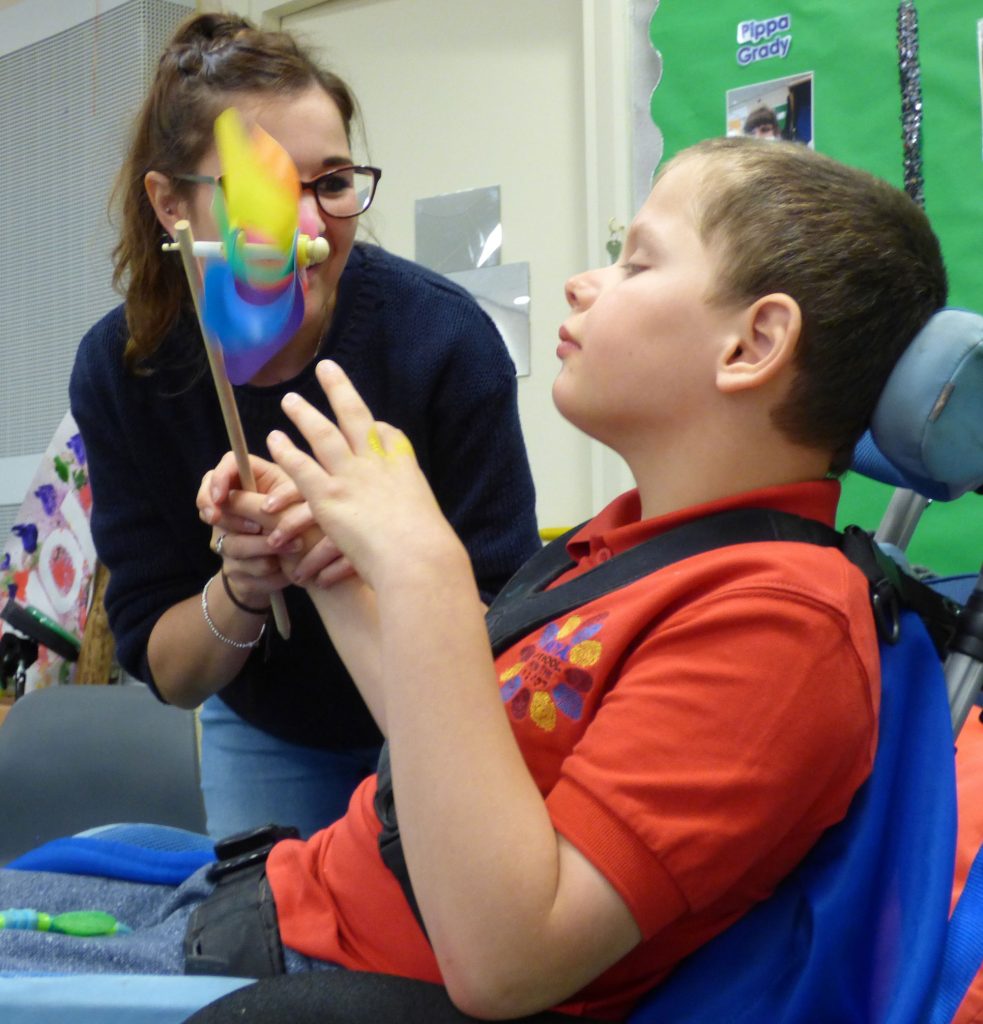Listen to part of the soundscape here. Credits and full track here.
For the last couple of weeks myself, artist Ticky Lowe, sound artist Ross Dalziel and students at the Royal School for the Blind in Liverpool have been working together on an exciting project. We are in the process of creating a ‘sensory story’ which will share the long and rich history of the school. A sensory story is one that uses sounds, objects and scents to tell the story rather than only reading text. Our sensory story will tell the story of the history of the school-from its foundation in 1791 to present day activities and traditions.
We used scent pots such as ‘sea breeze’ and (much less pleasant!) ‘fish market’ to set the scene, we heard gentle waves and then created a storm using instruments and we created crashing waves using materials and salt sprays.
Our first set of creative workshops focussed on Edward Rushton (1756-1814), the founder of the school. Rushton became blind after contracting an illness as a result of his kindness (and so proximity) to slaves whilst working on cargo ships. His experiences on the slave ships influenced him in many ways which can be seen in his poetry, his campaigning against slavery and in the foundation of the Royal School for the Blind. Each class contributed to the development of this part of the story. We set sail, scrubbed the decks whilst singing a sea shanty and became shipwrecked. We used scent pots such as ‘sea breeze’ and (much less pleasant!) ‘fish market’ to set the scene, we heard gentle waves and then created a storm using instruments and we created crashing waves using materials and salt sprays.
We started our story by walking through the tunnel and creating echoes using our bodies.
The next set of workshops focused on tunnels. When the school was located at London Road (approx 1800-1851) it was rumoured the students used a tunnel to walk from the school to the chapel. We started our story by walking through the tunnel and creating echoes using our bodies. We were then transported to the modern day Liverpool to Birkenhead tunnel where we heard very different sounds – car horns, sirens and balloons! Since the 1950’s the school takes an annual trip to the seaside which is run by Liverpool taxi drivers. The taxi drivers decorate their cars with bunches of balloons, dress up in costumes and the Police escort the parade of taxis to New Brighton. At the seaside we could smell sweets and ice cream, we caught fish in the rock pool and played with a beach ball.
At both workshops students and teachers engaged with the story – the portable speaker was popular as it could be passed around so students could focus in on particular sounds. The scent pots were also popular-even the stinky smells! We had so much fun working with the students and we can wait for the third set of workshops next week.
Each week we will continue to develop the story of the history of the school, changing elements of it after we receive feedback from students and teachers. We will also work with the local Young Archaeologists’ Club to develop and test the story. Eventually we will have two almost identical versions of the story, one for the school and one for the public.











